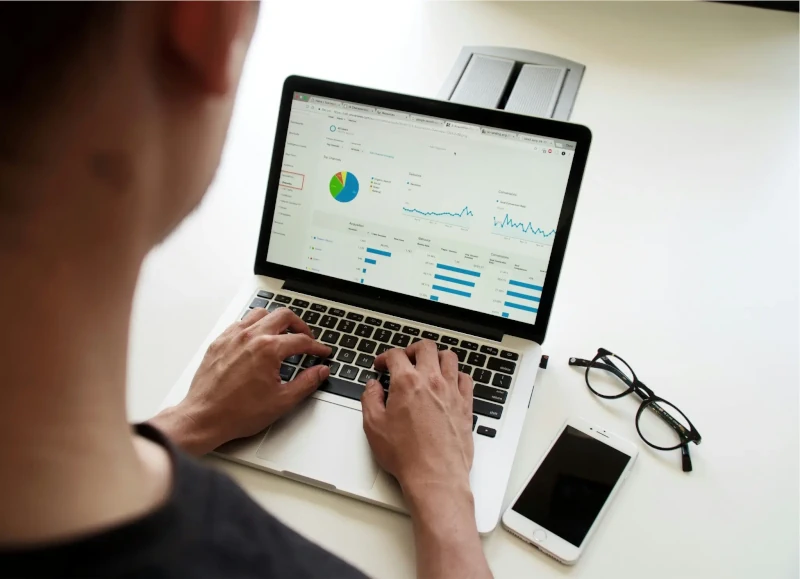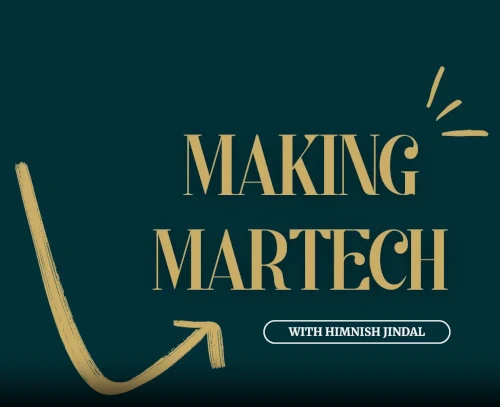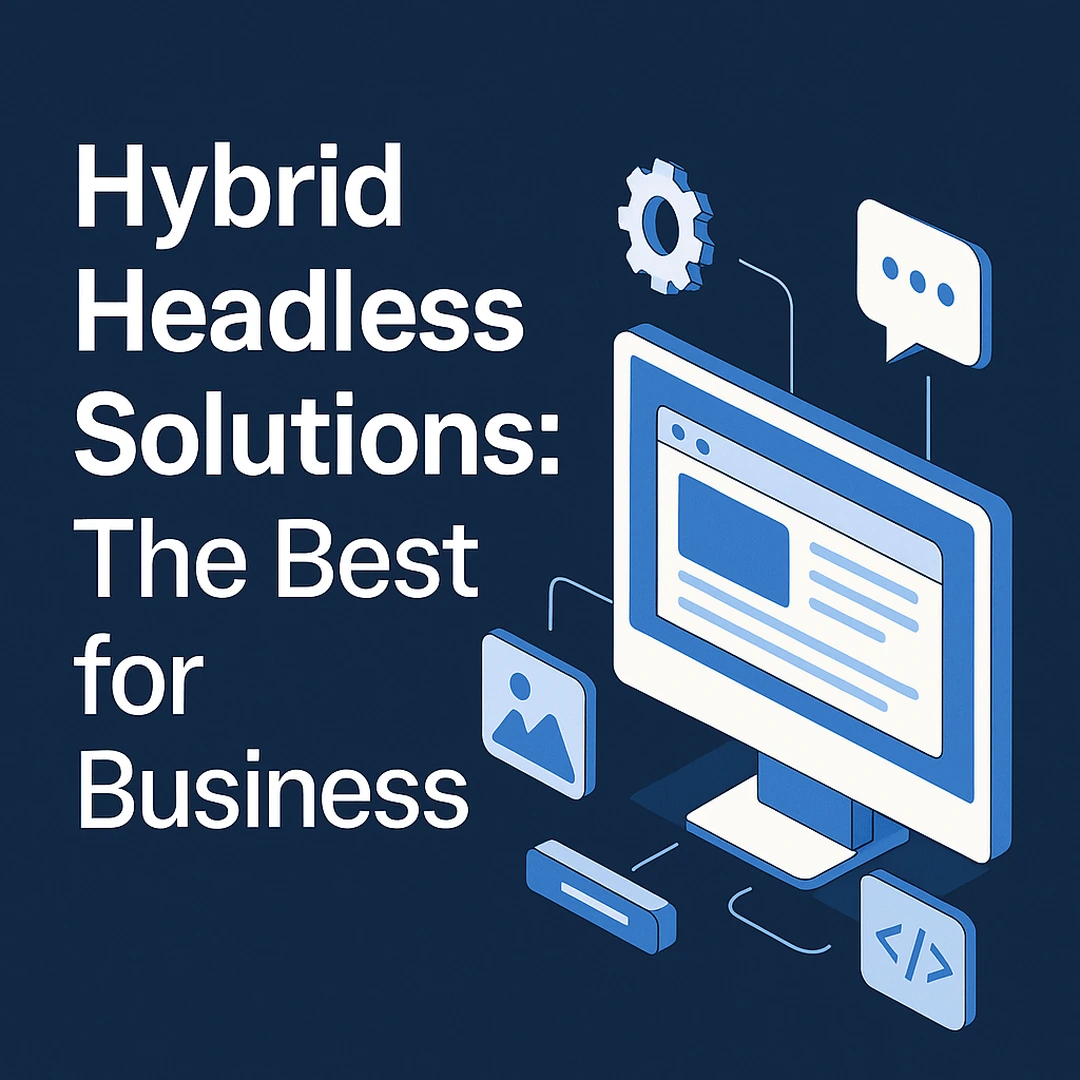Get your free consultation today!
Share with your Colleagues
Categories
ROI Calculator
Moonstone Interactive is the only San Francisco Bay Area web design firm and Internet Marketing expert that offers a free online ROI Calculator
Author: Steve Herz
.webp?ext=.webp)
Table of Contents
- Introduction: Why “Total Cost” Matters More Than the Launch Price
- The Five Core Components of Website TCO (with Cost Ranges)
- Hidden and Indirect Costs Most Teams Overlook
- How Xperience by Kentico Helps You Control and Reduce TCO
- Five-Year Cost Comparison
- Case Study: Real-World Savings Example
- Conclusion: Smarter Architecture Means Lower TCO
- FAQs: Managing Website TCO Effectively
Introduction: Why “Total Cost” Matters More Than the Launch Price

The price you pay to build a website is only the opening act. The real story lies in the years that follow—keeping that site secure, fast, relevant, and aligned with your marketing goals.
This Total Cost of Ownership (TCO) includes every dollar spent to plan, design, build, host, maintain, and promote your website throughout its lifecycle. Many organizations are surprised to discover that their ongoing operational costs eventually surpass the initial build budget.
Knowing your TCO helps you forecast budgets realistically and prevent the “surprise costs” that drain ROI. Platforms like Xperience by Kentico make this easier by unifying development, marketing, and analytics into one manageable system.
1.1 Initial Strategy, Design, and Development
Typical Range:
- Small business: $25K–$60K
- Mid-size B2B site: $60K–$150K
- Enterprise / multi-site DXP: $150K–$500K+
A mid-size manufacturer invested $95K in a new site using Kentico Xperience’s reusable templates, which later reduced redesign and maintenance costs by 30%.
Tip: Invest in scalable architecture during discovery. It lowers redesign costs over time.
1.2 Hosting & Infrastructure
Typical Range:
- Cloud-based shared hosting: $150–$600/month
- Managed hosting with CDN & scaling: $600–$2,000/month
- Enterprise infrastructure: $2,000–$10,000+/month
Example: A regional university moved to Azure hosting with Kentico, cutting downtime by 80% and saving $18K per year.
Tip: Use cloud environments that scale on demand. Xperience’s .NET Core performance helps minimize bandwidth and server costs.
1.3 Maintenance, Security, and Upgrades
Typical Range: $5K–$60K/year depending on complexity.
Maintenance includes patching, SSL renewal, CMS updates, and uptime monitoring.
Example: A financial institution that previously paid $75K for major upgrades every few years now spends under $10K annually with Kentico’s continuous update model.
Tip: Avoid platforms that require extensive, infrequent upgrades. Continuous delivery saves both time and money.
1.4 Content Operations and Marketing Tools
Typical Range:
- Content creation and updates: $10K–$50K/year
- Separate marketing tools: $5K–$20K/year
- Analytics and optimization: $3K–$15K/year
Example: A B2B technology firm eliminated three disconnected tools by using Kentico’s built-in automation and analytics—annual savings: roughly $25K.
Tip: Each external integration adds both cost and risk. Consolidation keeps budgets under control.
1.5 Integrations, Training, and Governance
Typical Range:
- CRM/ERP integration: $5K–$25K (one-time)
- Staff training: $2K–$10K
- Accessibility/compliance: $3K–$15K per year
Example: After integrating Salesforce and Xperience, an e-commerce client reduced manual data entry by 80%, paying off the investment in six months.
Tip: Favor platforms with open APIs and strong documentation—your integration and training costs will stay lower.
Hidden and Indirect Costs Most Teams Overlook
.webp)
TCO isn’t limited to invoices. Operational inefficiency and outdated technology quietly drive costs higher.
- Time waste: Managing multiple systems adds administrative drag.
- Delayed marketing: Disconnected tools slow campaign deployment.
- Security risk: A single breach can erase years of ROI.
- Technical debt: Old CMS versions make upgrades complex and expensive.
Example: A nonprofit that delayed modernization for five years eventually faced a $220K rebuild after a critical security failure. Proactive upgrades would have cost less than half that.
How Xperience by Kentico Helps You Control and Reduce TCO

Kentico designed Xperience to simplify digital operations across content, marketing, and analytics—reducing both direct and hidden costs.
Unified Platform: Consolidates CMS, personalization, automation, and analytics under one license. Typical savings: $10K–$40K per year.
.NET Core Efficiency: Built on Microsoft’s most efficient framework for faster load times and lower hosting requirements. One healthcare client cut monthly hosting by 25%.
Predictable Maintenance: Continuous delivery replaces extensive, disruptive upgrades. Avoid $50K–$100K upgrade cycles.
Automation & AI: Built-in workflows streamline campaign execution and customer nurturing. Teams save 20–40% in manual labor.
Cloud Scalability: Native integration with Azure and AWS enables global reach and flexible resource scaling.
Five-Year Cost Comparison

Xperience Advantage: 20–40% lower lifetime cost due to consolidation, automation, and reduced upgrade effort.
Case Study: Real-World Savings Example
A national B2B distributor operated three outdated websites, each with its own CMS and vendor. Combined annual maintenance exceeded $180K.
After migrating all sites into Kentico Xperience with Moonstone Interactive:
- Vendor count dropped from three to one.
- Annual maintenance decreased to $115K (–36%).
- Cross-site personalization increased conversion rates by 27%.
This shift transformed their digital footprint into a single, scalable ecosystem.
Conclusion: Smarter Architecture Means Lower TCO

Your website is not a one-time purchase — it’s an ongoing business asset. Controlling ownership costs requires structure, discipline, and the proper platform foundation.
With Xperience by Kentico, organizations gain a modern, unified DXP that minimizes maintenance effort, integrates marketing tools, and scales gracefully with growth.
To learn how to assess and reduce your website’s TCO, connect with Moonstone Interactive. Our team specializes in optimizing Kentico Xperience implementations that pay measurable returns year after year.
FAQs: Managing Website Total Cost of Ownership
Q: What’s the average lifespan of a business website?
A: Typically three to five years, though Xperience’s modular update model can extend this considerably.
Q: How does Xperience by Kentico compare to WordPress in cost over time?
A: WordPress is cheaper to start but more expensive to maintain due to plugin and security overhead. Xperience consolidates these costs.
Q: How much time can automation really save?
A: Most marketing teams reclaim 20–40% of their weekly hours by automating campaigns and workflows.
Q: Can you still lower TCO after launch?
A: Yes. Process automation, cloud optimization, and platform consolidation can reduce total cost by up to 30% even on existing sites.
Q: How can I calculate my current TCO?
A: Add up annual expenses for hosting, maintenance, tools, and staff time over five years. Then compare that to your site’s contribution to conversions and revenue growth.

